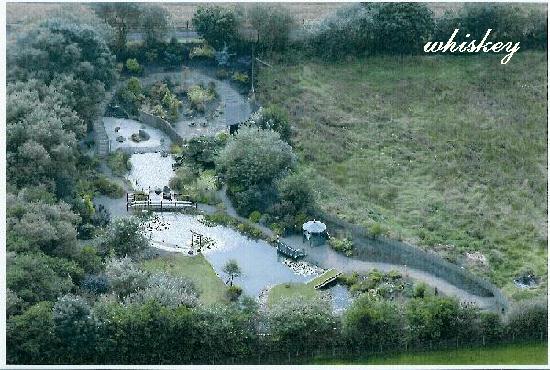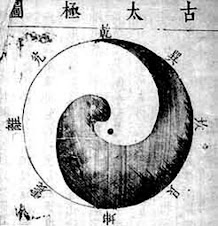
Konnichiwa, O-genki desu ka? Hello, How are you?
Welcome back everybody. Today we are going to visit this beatiful garden, which is located in Monaco. For more details, it is located in a public park between the beach of Larvotto and the Palace of the Congresses (Grimaldi Forum). It is a very huge park and it is plenty of wonderful landscapes. It was designed, at the request of H.R.H. Prince Rainer III, by the landscape architect Yasuo Beppu, winner of Flower Exhibition of Osaka 1990. Mr. Beppu has created in here a veritable work of art.

Each element in this garden has been considered in minute detail to guide the visitor towards a inner world.
The Wall, The Main Gate, The Lake, The Covered Terrace, The Bamboo Fencing, The Islands, The Gate of The Tea House and the Tea House itself, which was named after the Princess of Monaco, Grace. All you can see around is magnificient.

Since the great Shintoist priest of the Dazaifu Temple, in Fukuoka, on 25th November 1992, blessed the chosen site on the shores of the Mediterranean, within a short distance from the Grimaldi Forum Monaco, every possible care has been given to this garden to enable the visitors to enjoy all the multiple facets of the Japanese landscape.

What else could I say about this work of art. I would like to own one of those for myself to enjoy a lovely spring afternoon just walking around in a good company.

That's all folks. Next time I will come with some of the different species, and different ornaments most commonly used in the japanese gardens.
Good Luck!! Thanks to our friend Mat Col for the third picture.
Write you soon.




























